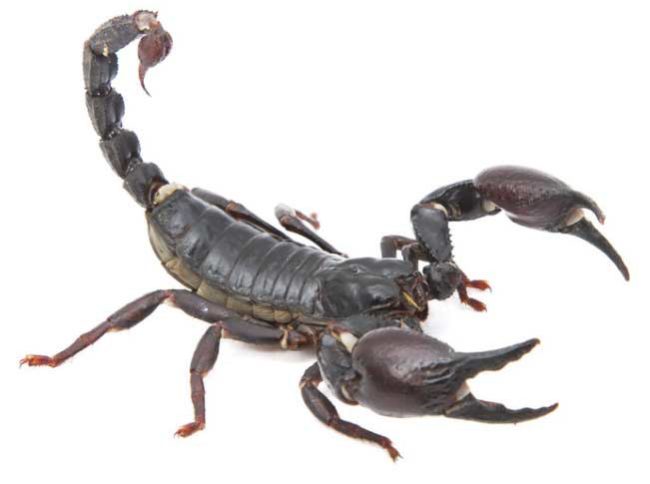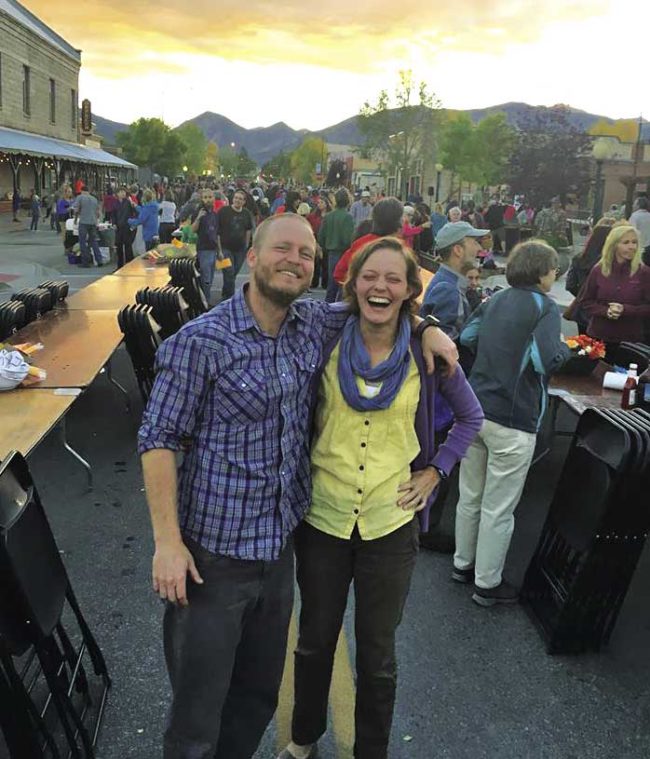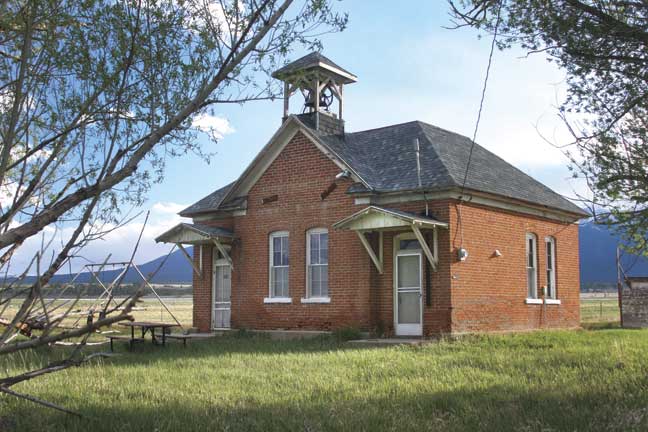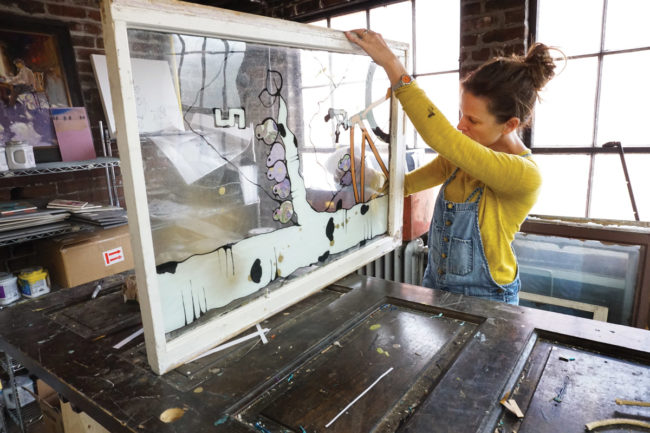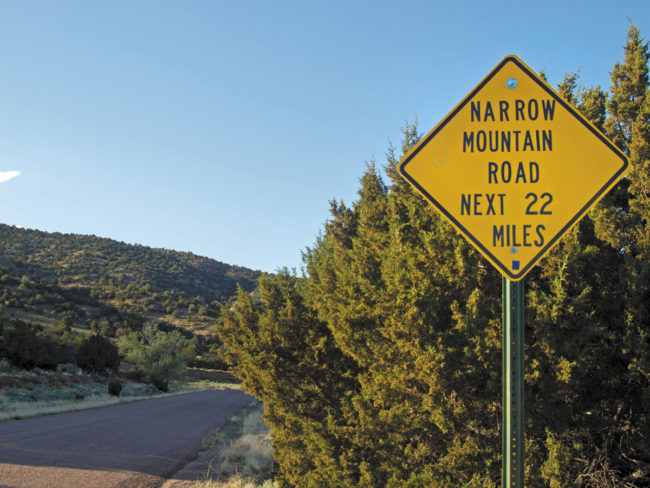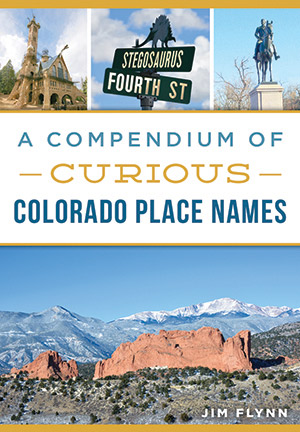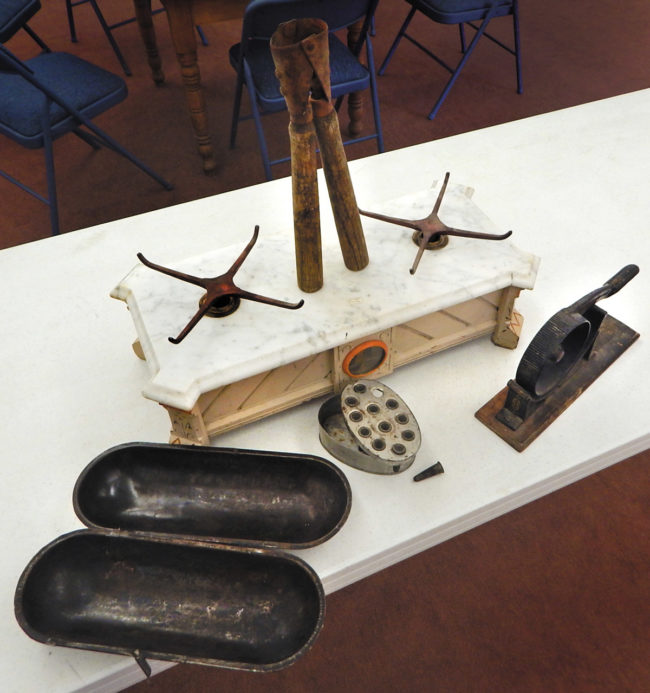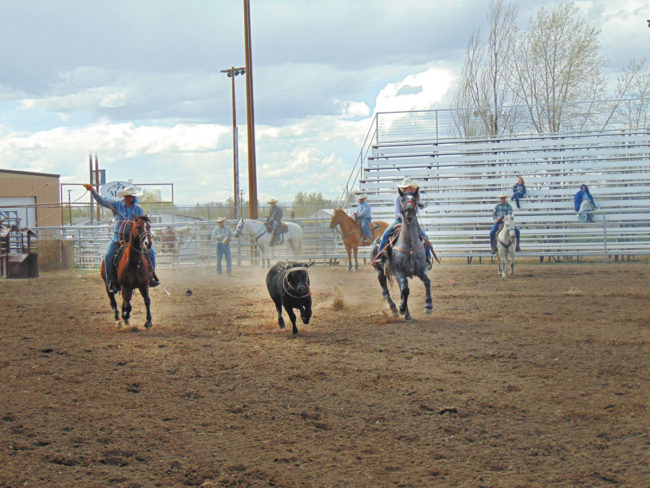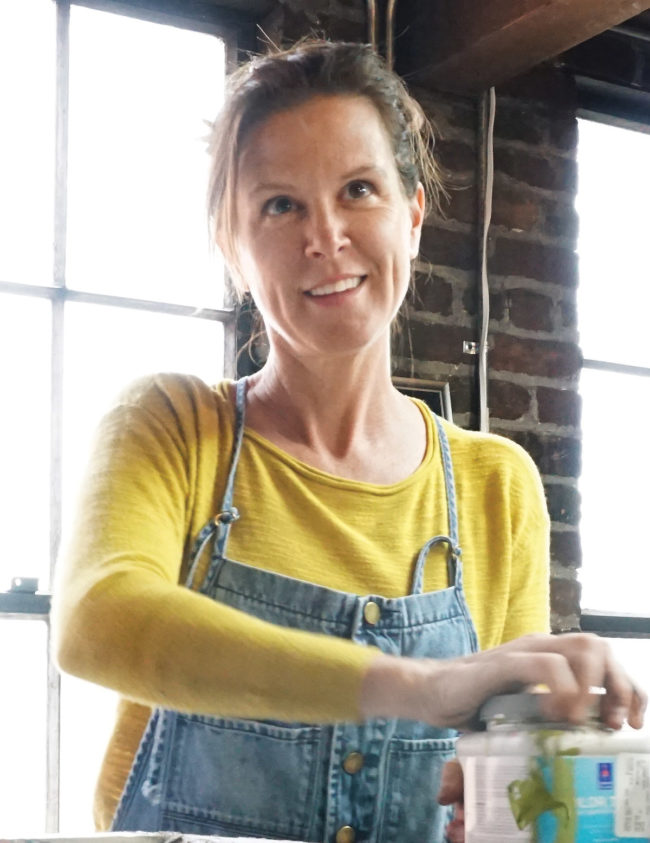By Hal Walter
Marijuana. Most folks are either decidedly for it or against it. Me? I’m mostly a weed spectator though I lean toward the libertarian viewpoint that a person has the right to do whatever to their own body so long as it doesn’t harm others.
Like it or not, marijuana is now legal for both medical and recreational purposes in Colorado and business is booming. You can tell this by the number of shops with mostly cutesy names like “Starbuds” and “Mile High Green Cross” along the highways. And also by the number of greenhouse grow operations springing up across the countryside, particularly in nearby Pueblo County. Whether all this will withstand possible federal legal challenges remains to be seen, but for now a person can buy weed in several Colorado counties and municipalities, and some insiders say the biotech boom in northern Colorado is based on the prospect of future pharmaceutical takeover of the cannabis industry.
Here where I live in Custer County there is a ban on sales and industrial cultivation of marijuana, though residents are free to buy it elsewhere and use it privately.
Meanwhile, to the east, Pueblo County has been called the “Napa Valley of Weed” by The Denver Post and the Colorado Springs Gazette. I’ve been astounded by both the number and size of the grow operations that have sprung up along Colorado Route 96 in western Pueblo County.

